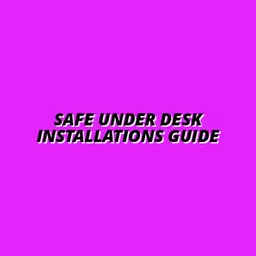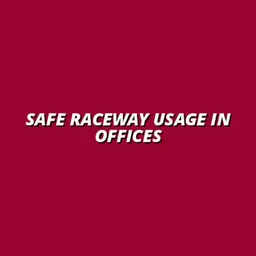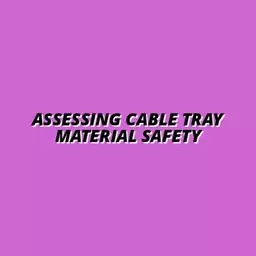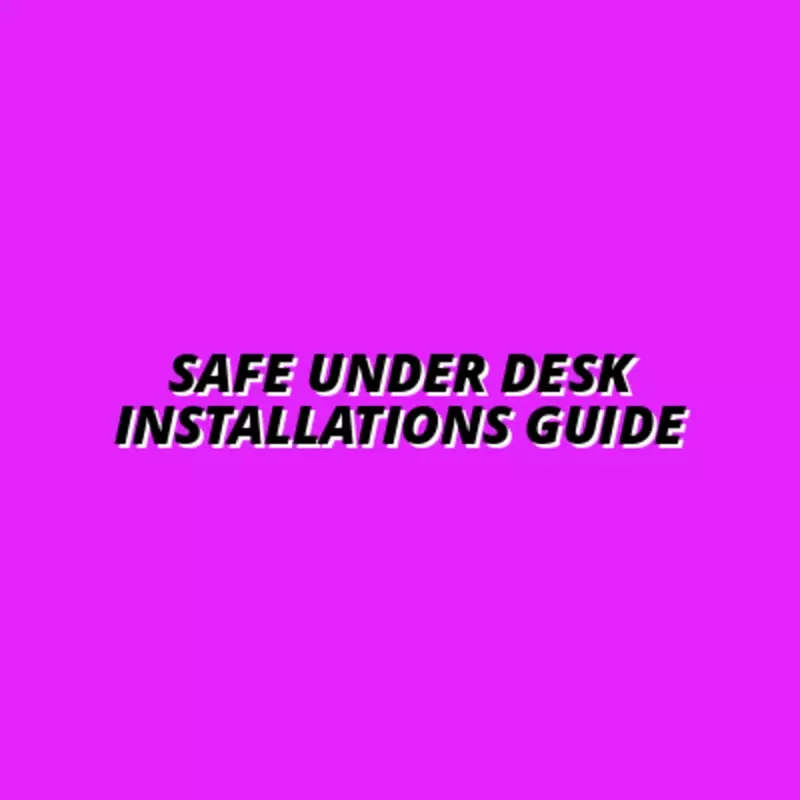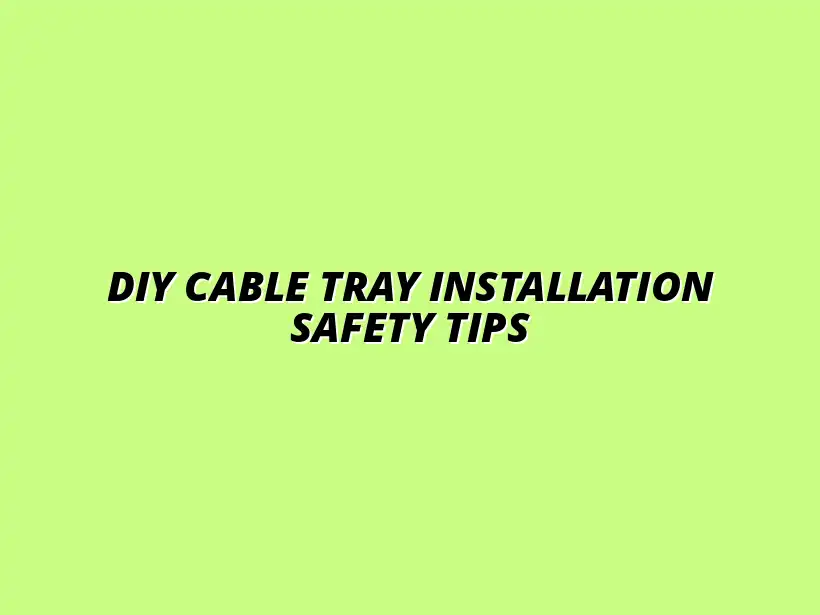
DIY Cable Tray Installation Safety Tips
Safety is not just a guideline; it’s a necessity in every DIY project. When installing cable trays, overlooking safety can lead to dire consequences. How prepared are you to tackle the risks of your next DIY cable management project?
What You Will Learn
- Understanding safety guidelines is crucial for protecting yourself and ensuring effective cable management.
- Adhering to local regulations like NEC and OSHA helps maintain compliance and safety during installations.
- Common hazards, such as electric shock and improper support, can be avoided with diligent preparation.
- Using the right tools and wearing appropriate PPE significantly reduces the risk of accidents.
- Creating a tidy work environment minimizes hazards and enhances productivity during installation.
- Continuous education on safety practices through resources like OSHA guidelines can improve your DIY skills.
Key Safety Guidelines for DIY Cable Tray Installation
Prioritizing safety is essential when installing cable trays. Below are summarized key guidelines and common hazards to avoid.
Safety Guidelines
- Turn off power before installation.
- Use proper tools for the job.
- Wear Personal Protective Equipment (PPE).
- Keep work area tidy and free from clutter.
- Conduct tests after installation.
Common Hazards
- Electric Shock: Ensure power sources are off.
- Improper Support: Secure cable trays to prevent falling.
- Tangled Cables: Organize cables during installation.
Understanding Safety Guidelines for DIY Cable Tray Installation
When it comes to installing cable trays, safety must always be the top priority. At Under-Desk Tray Hub, we know that a well-organized workspace goes hand in hand with a safe one. Taking the time to understand safety guidelines not only protects you during the installation process but also ensures that your cable management solutions remain effective and hazard-free in the long run!
Many DIY enthusiasts overlook safety, thinking it won’t happen to them. However, a single oversight can lead to accidents or damage. Knowing the right safety protocols can make a significant difference. Let’s dive into why these guidelines are crucial and what common hazards to avoid.
The Importance of Safety in Cable Tray Installation
Safety guidelines serve as a foundation for any successful DIY project. They help to mitigate risks associated with electrical installations, ensuring that you and your workspace remain safe. Without proper safety measures, you may expose yourself to unnecessary hazards or compromise the integrity of your installation. You can also reference our guide on under-desk cable safety tips for additional insights.
Moreover, adhering to safety guidelines enhances your confidence during the installation process. When you know you’re following best practices, you can focus on creating a tidy and functional under-desk space. Remember, a clutter-free workspace contributes to productivity, and safety is an essential part of achieving that!
- Reduces risks of accidents and injuries
- Ensures compliance with legal standards
- Promotes longevity of your installation
Common Hazards to Avoid During Installation
While installing cable trays can be straightforward, there are common pitfalls that DIYers may encounter. Being aware of these hazards can save you from experiencing frustrating or dangerous situations. Here are a few issues to look out for:
- Electric Shock: Always ensure that power sources are turned off before beginning installation.
- Improper Support: Ensure that your cable trays are securely attached to avoid sagging or falling.
- Tangled Cables: Organize cables as you install to prevent future tangles and hazards.
Before starting your cable tray installation, you might have some questions about safety. Here are a few frequently asked questions to help you get started:
FAQs: Safety Guidelines for Cable Tray Installation
- Why is safety so important when installing cable trays?
Safety is paramount because it protects you from potential electrical hazards, reduces the risk of accidents, and ensures the longevity of your installation.
- What are some common hazards to watch out for during installation?
Common hazards include electric shock, improper support leading to falling trays, and tangled cables that can cause future issues.
💡 Want to master under-desk cable trays? Start with our foundational guide to all things cable management. 👉 Read the Cable Management 101 Guide
- What are the basic safety guidelines I should follow?
Always turn off the power, use the right tools, wear personal protective equipment (PPE), keep your work area tidy, and test your installation thoroughly afterward.
- Where can I find more information on safety standards?
Refer to resources like the National Electrical Code (NEC), OSHA regulations, and manufacturer instructions for detailed guidelines.
- How does a tidy workspace contribute to safety?
A tidy workspace minimizes tripping hazards, allows for easier movement, and helps prevent tools and materials from causing accidents.
By keeping an eye on these common hazards, you can ensure a safer and more efficient installation process. At Under-Desk Tray Hub, we’re dedicated to helping you create a well-organized workspace while staying safe! Let’s keep our focus on safety and make your DIY cable tray installation a success!
Pro Tip
Did you know? Regularly inspecting your cable tray installation can significantly reduce the risk of hazards. Make it a habit to check for any signs of wear, loose connections, or cable tangles at least once a month. This proactive approach not only ensures safety but also prolongs the lifespan of your installation!
Summarizing Key Safety Guidelines for DIY Cable Tray Installation
When it comes to DIY cable tray installation, prioritizing safety is key! Remember, a well-organized workspace is all about efficiency, and ensuring a secure cable management system can make a world of difference. At Under-Desk Tray Hub, we believe that everyone should have access to safe and effective workspace solutions, so let's summarize some essential safety guidelines.
First, it’s important to understand and adhere to local regulations and safety standards. This not only helps protect you during installation but also ensures that your setup meets legal requirements. Being aware of the National Electrical Code (NEC) and OSHA regulations is crucial for keeping your environment safe and compliant! Consider researching safe cable tray practices for more detailed information.
Final Safety Tips for a Secure Installation
Having a checklist can enhance your DIY experience and ensure you don't overlook important steps. Here are some final safety tips to keep in mind:
- Turn Off Power: Always cut the power to the area where you’ll be working to prevent electric shock.
- Use Proper Tools: Utilize tools that are suitable for the job to avoid accidents.
- Wear Personal Protective Equipment (PPE): This includes gloves, goggles, and other safety gear to protect yourself.
- Check Work Area: Ensure the work area is tidy and free from clutter to minimize hazards.
- Test Installations: After installation, conduct thorough tests to ensure everything is securely in place.
Following these tips will help you maintain a safe and efficient workspace, allowing you to focus on what really matters: productivity!
Encouraging Safe Practices and Compliance with Standards
Let's face it, nobody wants to deal with the aftermath of an unsafe installation. That's why promoting a culture of safety is vital. Encourage everyone in your workspace to follow safety protocols, and don’t hesitate to share resources and knowledge. Keeping your team informed about safety practices can foster a more secure environment.
Additionally, consider creating a safety guide or a quick-reference sheet that outlines these guidelines. This can serve as a handy reminder for everyone, ensuring that safety remains a top priority in your workspace. Remember, a well-organized and safely managed environment is not just good for productivity; it's essential for peace of mind! For more ideas, see how to find cable management ideas for desks.
Call to Action: Enhance Your Knowledge and Safety Practices
At Under-Desk Tray Hub, we’re committed to helping you achieve a clutter-free workspace while staying safe! If you’re eager to deepen your knowledge and enhance your safety practices, let’s explore some valuable resources together.
First up, familiarize yourself with the OSHA guidelines and the manufacturer instructions for the products you’re using. These documents are treasure troves of information designed to keep you informed about the latest safety practices. By committing to ongoing education, you can ensure that your installations remain compliant and secure.
To ensure a clutter-free workspace, explore clutter-free cable management solutions.
Resources for Further Learning: OSHA Guidelines and Manufacturer Instructions
Here are a few helpful resources you can explore:
- OSHA Website: This provides valuable information on workplace safety standards and practices.
- Manufacturer Instructions: Check the specific guidelines provided by the manufacturers of your cable trays and tools.
- Video Tutorials: Many manufacturers offer detailed video instructions that can help you understand the installation process better.
By utilizing these resources, you can equip yourself with the knowledge needed to create a safe and efficient workspace.
Insights from the Cable Tray Manufacturers Association (CTMA)
The Cable Tray Manufacturers Association (CTMA) is another fantastic resource! They provide industry standards, best practices, and insights that can further enhance your understanding of cable tray installation. Check their website for guides and updates that can keep you informed about the latest developments in cable management.
In conclusion, embracing safety and compliance doesn’t just protect you; it enhances your overall workspace efficiency! So, let’s make safety a priority and transform your under-desk area into a tidy oasis with confidence! Ready to get started? Let’s do this!
Recap of Key Points
Here is a quick recap of the important points discussed in the article:
- Always prioritize safety by adhering to local regulations and safety standards, including the NEC and OSHA guidelines.
- Ensure power sources are turned off before starting your installation to avoid electric shocks.
- Utilize proper tools and wear personal protective equipment (PPE) to minimize risks during installation.
- Keep the work area tidy and organized to prevent accidents and facilitate a smoother installation process.
- Test installations thoroughly after completion to ensure everything is secure and functioning properly.
- Promote a culture of safety in your workspace by sharing resources and encouraging adherence to safety protocols.
